35+ Balanced Scorecard Examples to Download
In the realm of strategic management, the Balanced Scorecard has emerged as a widely adopted tool to measure and evaluate the performance of organizations. This article aims to provide you with a diverse range of 35+ Balanced Scorecard examples that showcase its versatility and effectiveness in various industries. By delving into the intricacies of this performance measurement system, we will uncover its significance and learn how to create one step-by-step. So, let us embark on this journey of exploring the world of Balanced Scorecards and discover how they can contribute to organizational success.
1. Balanced Scorecard from a Customer Perspective

scholarworks.calstate.edu
2. Balanced Scorecard Example
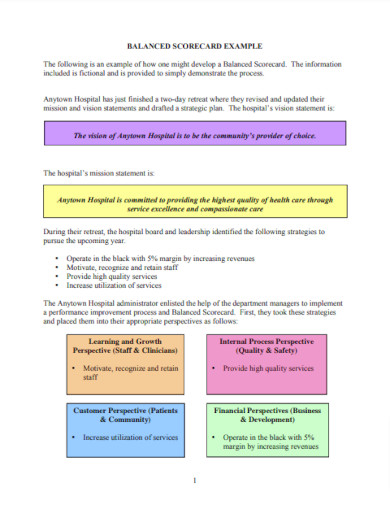
it.uu.se
3. Balanced Scorecard Strategic-Based Control
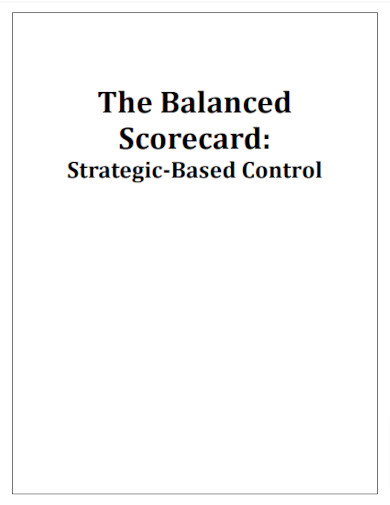
apexcpe.com
4. IT Balanced Scorecards Example
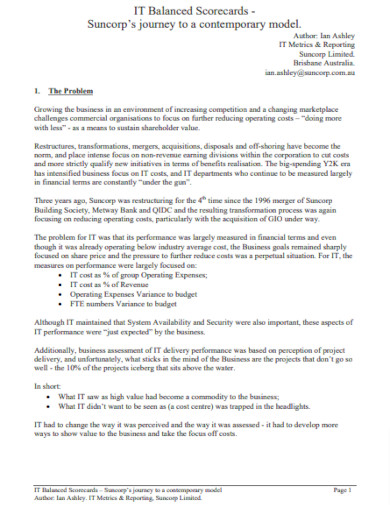
totalmetrics.com
5. Updating the Balanced Scorecard for Triple Bottom Line Strategies
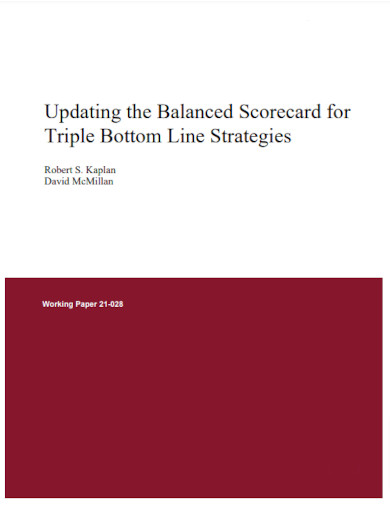
hbs.edu
6. Balanced Approach to Implementing the Balanced Scorecard
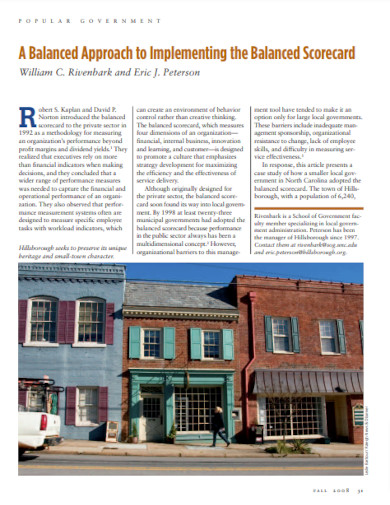
smartnet.niua.org
7. Personal Balanced Scorecard Example

u.camdemy.com
8. Balanced Scorecards for School Districts

data.dmschools.org
9. The Balanced Scorecard Approach to Operations
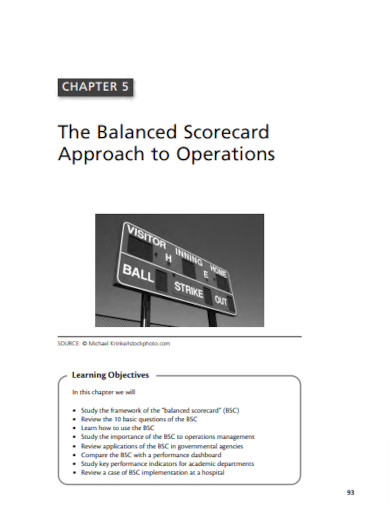
sagepub.com
10. Balanced Scorecard and Communication Protocol

employeeengagement.com
11. Balanced Score Card Framework for Infrastructural Performance Measurement

smec.ac.in
12. Simple Balanced Scorecard Example
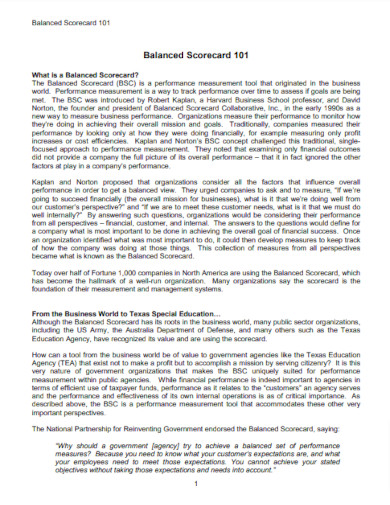
exinfm.com
13. Development of Balanced Scorecard for Real Estate Development Companies
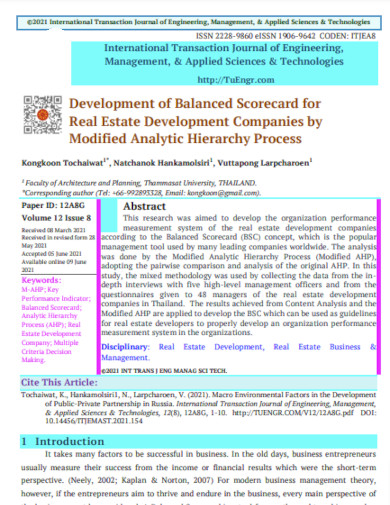
tuengr.com
14. Balanced Scorecard in Indian Companies
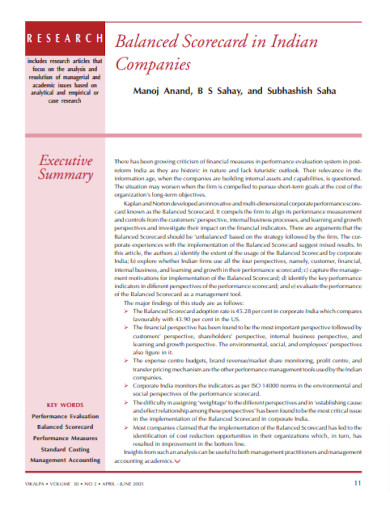
nts2.ximb.ac.in
15. Sustainability Balanced Scorecard

flora.insead.edu
16. Development of an IT Balanced Scorecard
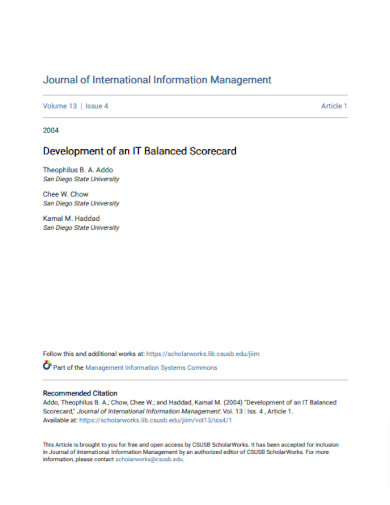
scholarworks.lib.csusb.edu
17. Balanced Scorecard Method Example
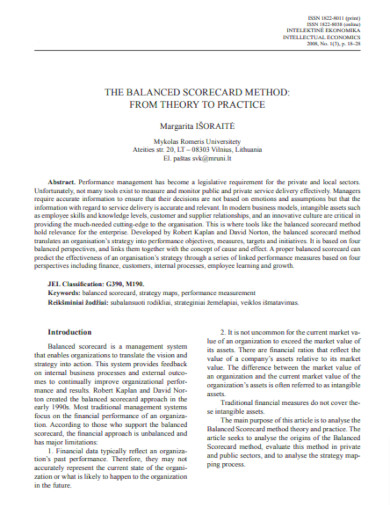
mruni.eu
18. Scorecard Method Step by Step Example
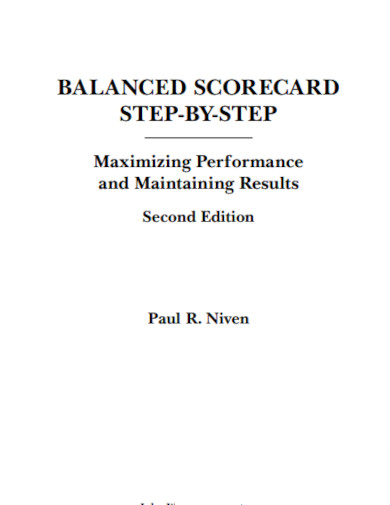
vra.com
19. Approaches and Uses of the Balanced Scorecard
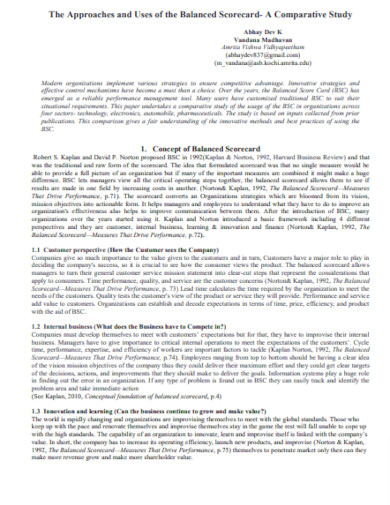
aims-international.org
20. Balanced Scorecard Beyond Reports and Rankings
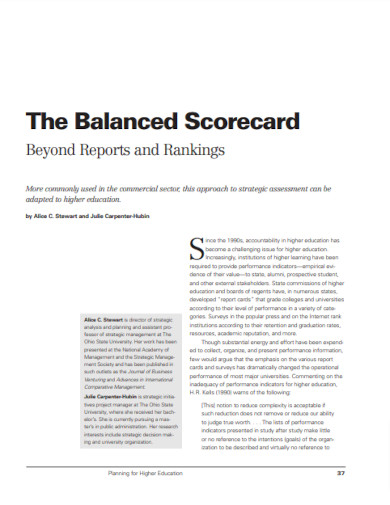
oaa.osu.edu
21. Application of the Balanced Scorecard in Higher Education

centenaryuniversity.edu
22. The Balanced Scorecard During the Early Stages of a Tech Firm

diva-portal.org
23. Usage of Balance Scorecard in Information Technology Industry
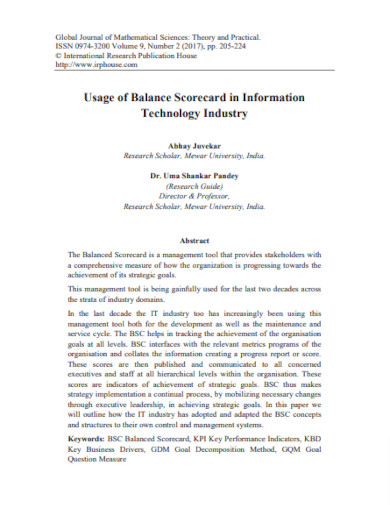
ripublication.com
24. Balanced Scorecard Online library of Quality
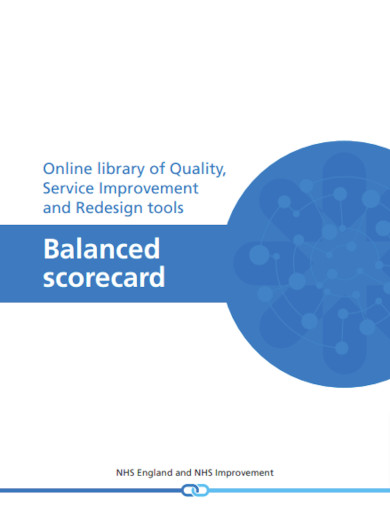
england.nhs.uk
25. Basic Balanced Scorecard Example

vu.edu.au
26. Balanced Scorecard Financial Perspective

jois.eu
27. Developing a Dashboard and Balanced Scorecard

bayes.city.ac.uk
28. Using Balance Scorecard in Educational Institutions
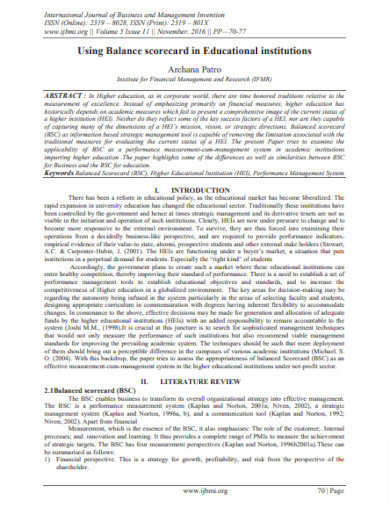
ijbmi.org
29. Balanced Scorecard Model in the Banking Sector
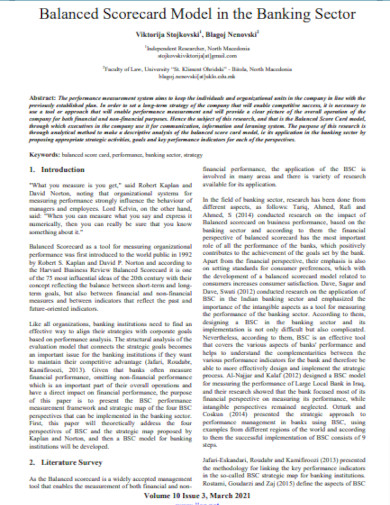
ijsr.net
30. Balanced Scorecard in Universities Example
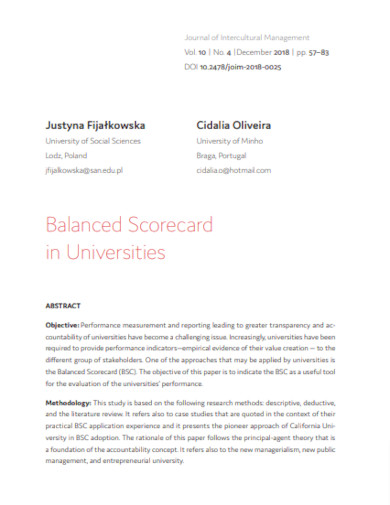
joim.pl
31. Cultural Management Through the Balanced Scorecard

dspace.lib.cranfield.ac.uk
32. Balanced Scorecard Comments on Balanced Scorecard Commentaries
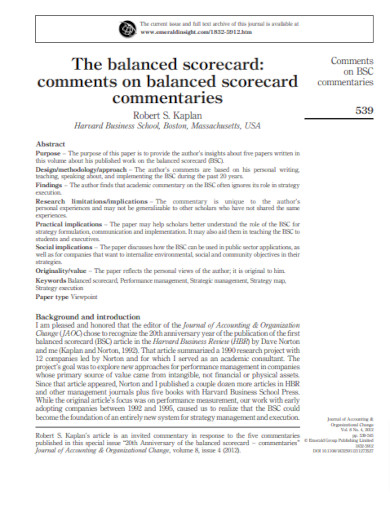
kkd.gov.my
33. Balanced Scorecard Perspective on Change and Performance

pdf.sciencedirectassets.com
34. Using the Balanced Scorecard for Ranch Planning and Management
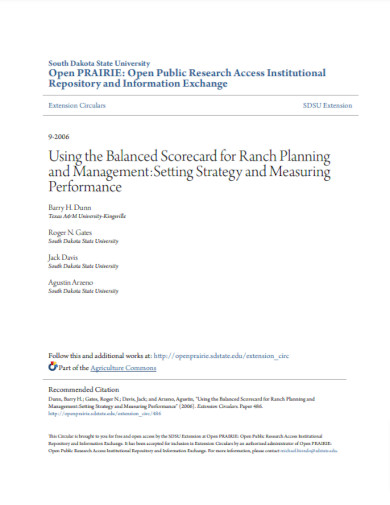
openprairie.sdstate.edu
35. Balanced Scorecard for State-Owned Enterprises
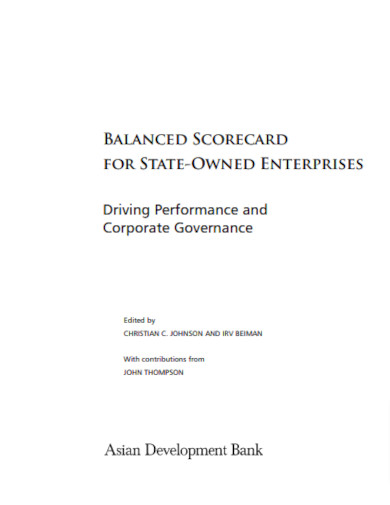
adb.org
36. Role of the Balanced Scorecard for Improvement of Management
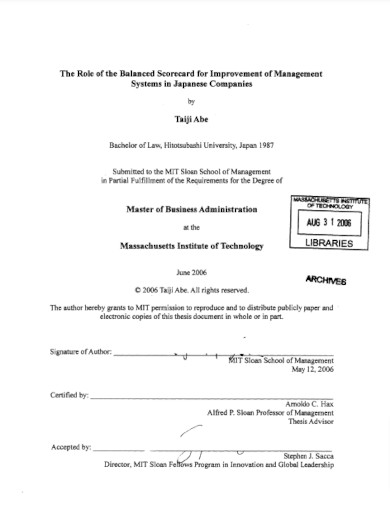
dspace.mit.edu
What is a Balanced Scorecard?
The Balanced Scorecard is a strategic management framework that enables organizations to translate their vision and mission into tangible objectives and performance measures across four perspectives: financial, customer, internal processes, and learning and growth. By taking a holistic approach, the Balanced Scorecard provides a comprehensive view of an organization’s performance, encompassing both financial and non-financial aspects. This framework enables businesses to align their activities and monitor progress towards achieving strategic goals.
How to Create a Balanced Scorecard
To develop a Balanced Scorecard that suits your organization’s unique needs, it is crucial to follow a systematic approach. By combining strategic thinking and performance measurement, this step-by-step guide will help you craft a Balanced Scorecard that aligns with your organization’s objectives and fosters sustainable success.
Step 1: Define the Organizational Strategy:
Begin by clarifying the organization’s vision board, mission, and strategic objectives. Identify the key areas of focus and determine the long-term goals that will drive success.
Step 2: Objectives
Based on the defined strategy, create specific, measurable, attainable, relevant, and time-bound (SMART) objectives for each perspective of the Balanced Scorecard: financial, customer, internal processes, and learning and growth.
Step 3: Identify Key Performance Indicators (KPIs):
Select appropriate KPIs for each strategic objective to measure progress and performance. These indicators should align with the organization’s goals and provide meaningful insights.
Step 4: Set Targets and Initiatives:
Establish targets or benchmarks for each KPI to define what success looks like. Additionally, identify strategic initiatives and action plans that will help achieve the desired outcomes.
Step 5: Design the Scorecard:
Create a visual representation of the Balanced Scorecard by organizing the strategic objectives, KPIs, targets, and initiatives into a clear and coherent structure. Consider using strategy maps to illustrate the cause-and-effect relationships between business objectives.
Step 6: Cascade the Scorecard:
Align the Balanced Scorecard across different levels of the organization, ensuring that each department or team has its own scorecard that supports the overall organizational strategy. This alignment fosters collaboration and accountability.
Step 7: Implement and Monitor:
Implement the Balanced Scorecard by integrating it into the organization’s performance management system. Regularly monitor and track the performance data, analyze the results, and take corrective actions as needed.
Step 8: Review and Adapt:
Periodically review the Balanced Scorecard to assess its effectiveness and relevance. Make adjustments as necessary to align with changing business dynamics, strategies, or goals.
FAQs
What is the relationship between a Strategy Map and a Balanced Scorecard?
A Strategy Map is a visual representation of an organization’s strategic objectives and their cause-and-effect relationships. It serves as a foundational element for designing a Balanced Scorecard, as it helps articulate and align strategic goals across various perspectives. Thus, Strategy Maps and Balanced Scorecards are interconnected, with the former guiding the latter’s structure and content.
Can the Balanced Scorecard be used in any industry?
Yes, the Balanced Scorecard is a versatile framework that can be adapted to suit the needs of any industry. Its effectiveness has been demonstrated across sectors, including manufacturing, healthcare, finance, retail, and more. By tailoring the performance measures and objectives to align with industry-specific requirements, organizations can leverage the Balanced Scorecard to drive performance improvement and strategic alignment.
What are the strengths and weaknesses of using a Balanced Scorecard?
The Balanced Scorecard offers several strengths that contribute to its effectiveness as a strategic management tool. First, it provides organizations with a comprehensive view of performance by incorporating both financial and non-financial metrics, allowing a more holistic assessment. Second, it enhances strategic focus and alignment by ensuring that actions and initiatives are directly aligned with the organization’s objectives, fostering a clearer direction. Third, the Balanced Scorecard encourages cross-functional collaboration and communication, as it fosters a shared understanding of strategic goals across different departments and teams. Lastly, it facilitates performance measurement and monitoring, enabling timely identification of areas that require improvement, which allows for proactive decision-making.
However, it’s important to recognize the weaknesses of the Balanced Scorecard as well. Firstly, designing and implementing a Balanced Scorecard can be a time and resource-intensive process, particularly for larger organizations. Secondly, there is a risk of excessive focus on metrics, potentially overshadowing qualitative aspects of performance that cannot be easily measured. Lastly, the Balanced Scorecard requires ongoing data collection and analysis, necessitating effective information management systems to ensure accurate and reliable performance tracking. Awareness of these strengths and weaknesses can help organizations maximize the benefits of the Balanced Scorecard while mitigating potential challenges.
The Balanced Scorecard has proven its effectiveness as a strategic management tool, providing organizations with a comprehensive framework for performance measurement and strategic alignment. By exploring a diverse range of 35+ Balanced Scorecard examples, you can gain insights into its application across various industries. Remember, creating a Balanced Scorecard requires a systematic approach that aligns with your organization’s unique objectives. Embrace this powerful tool to drive success and propel your organization toward its vision and mission.

